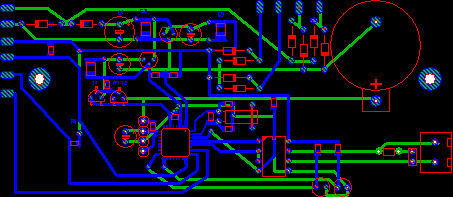IMPORTANT-READ CAREFULLY: BY
INSTALLING, COPYING OR OTHERWISE USING THE ENCLOSED INFO TECH SOFTWARE, WHICH
INCLUDES COMPUTER SOFTWARE ("SOFTWARE") AND MAY INCLUDE ASSOCIATED MEDIA,
PRINTED MATERIALS, AND "ONLINE" OR ELECTRONIC DOCUMENTATION ("DOCUMENTATION"),
YOU (ON BEHALF OF YOURSELF OR AS AN AUTHORIZED REPRESENTATIVE ON BEHALF OF AN
ENTITY) AGREE TO ALL THE TERMS OF THIS END USER LICENSE AGREEMENT ("LICENSE")
REGARDING YOUR USE OF THE SOFTWARE. IF YOU DO NOT AGREE WITH ALL OF THE TERMS
OF THIS LICENSE, DO NOT INSTALL, COPY OR OTHERWISE USE THE SOFTWARE AND
IMMEDIATELY CONTACT INFO TECH FOR RETURN OF THE SOFTWARE AND A REFUND OF THE
PURCHASE PRICE FOR THE SOFTWARE.
We
are sorry about the formality of the language below, which our lawyers tell us
we need to include to protect our legal rights. If You have any questions,
please contact INFO TECH.
































